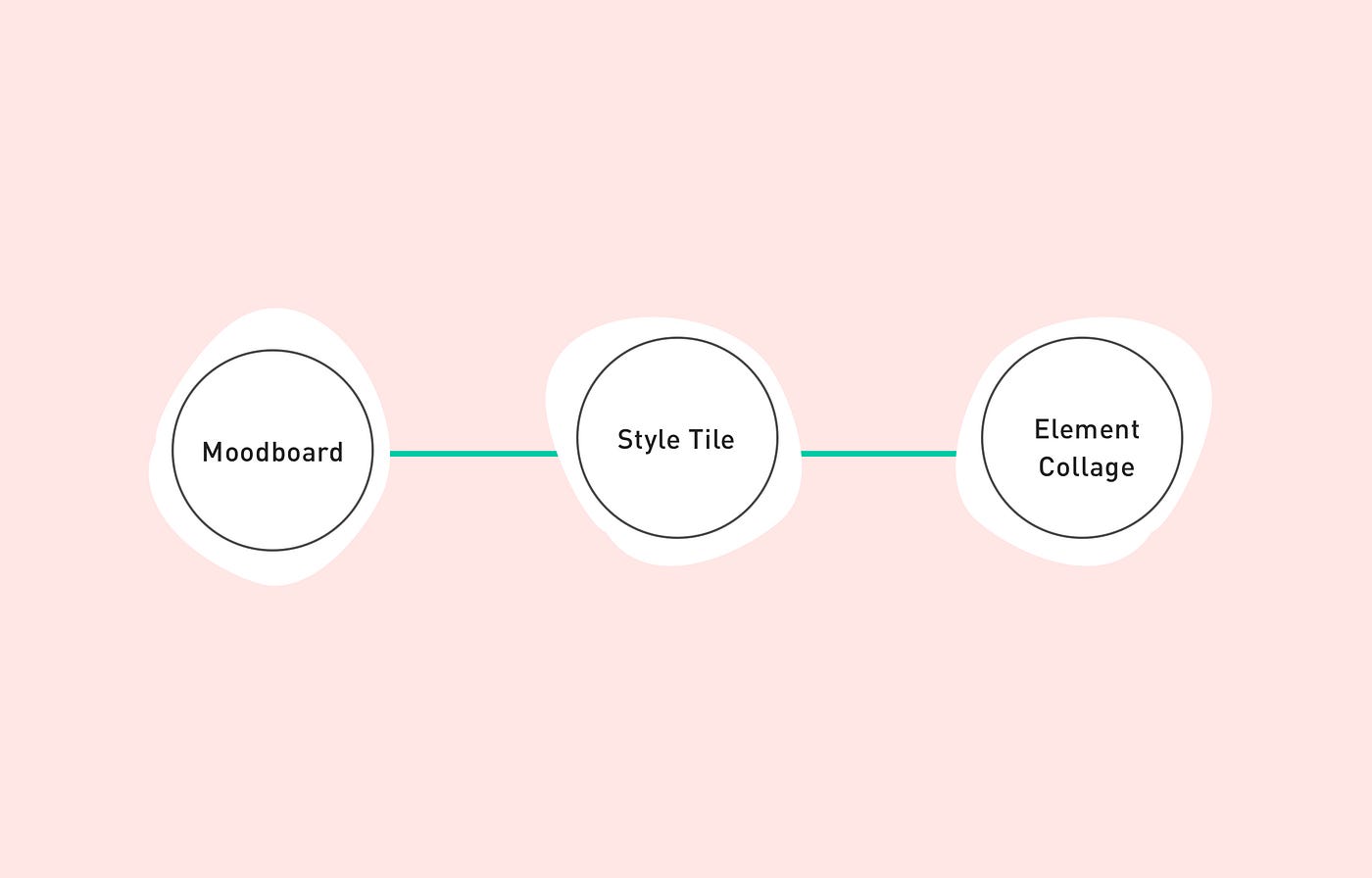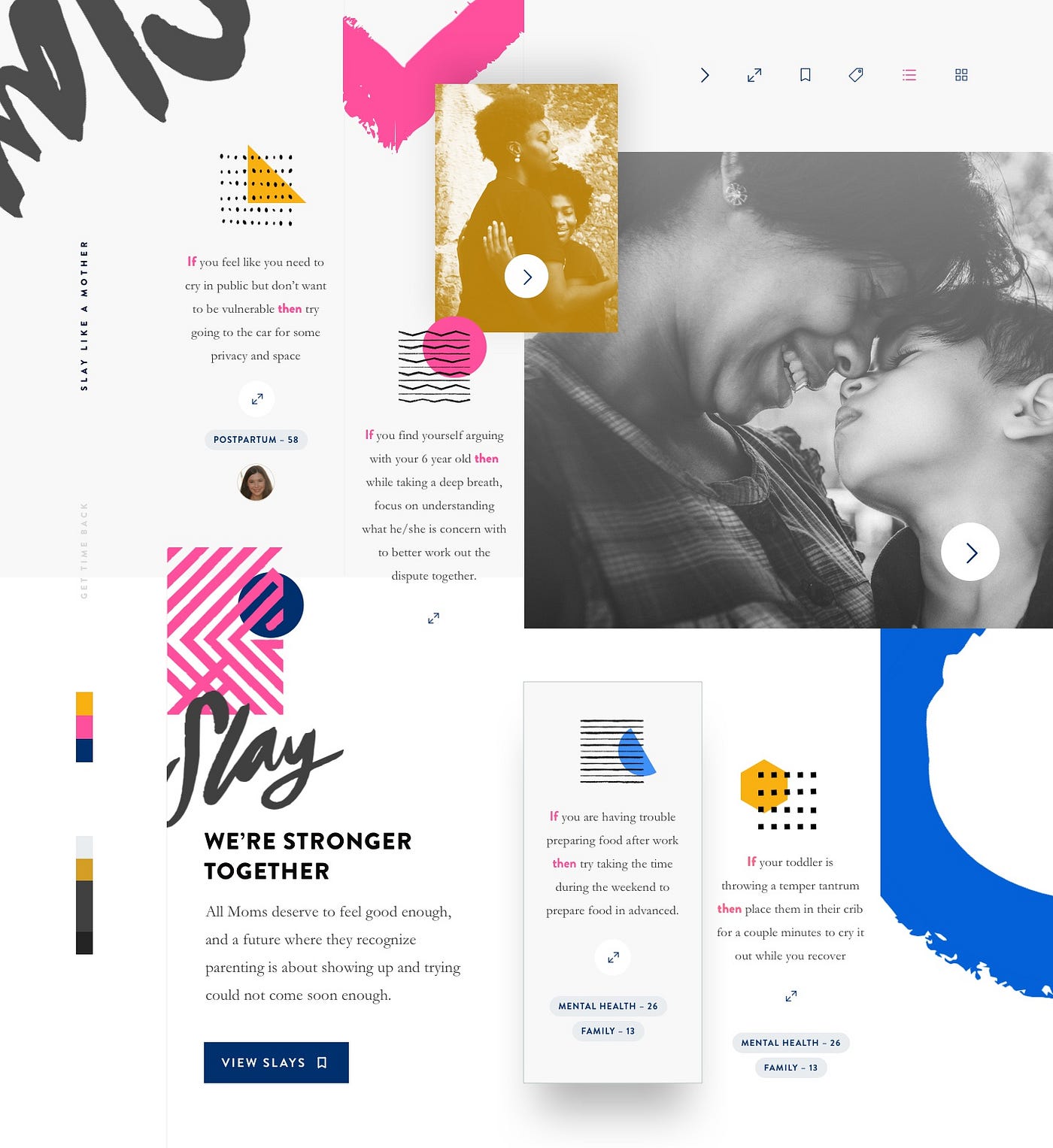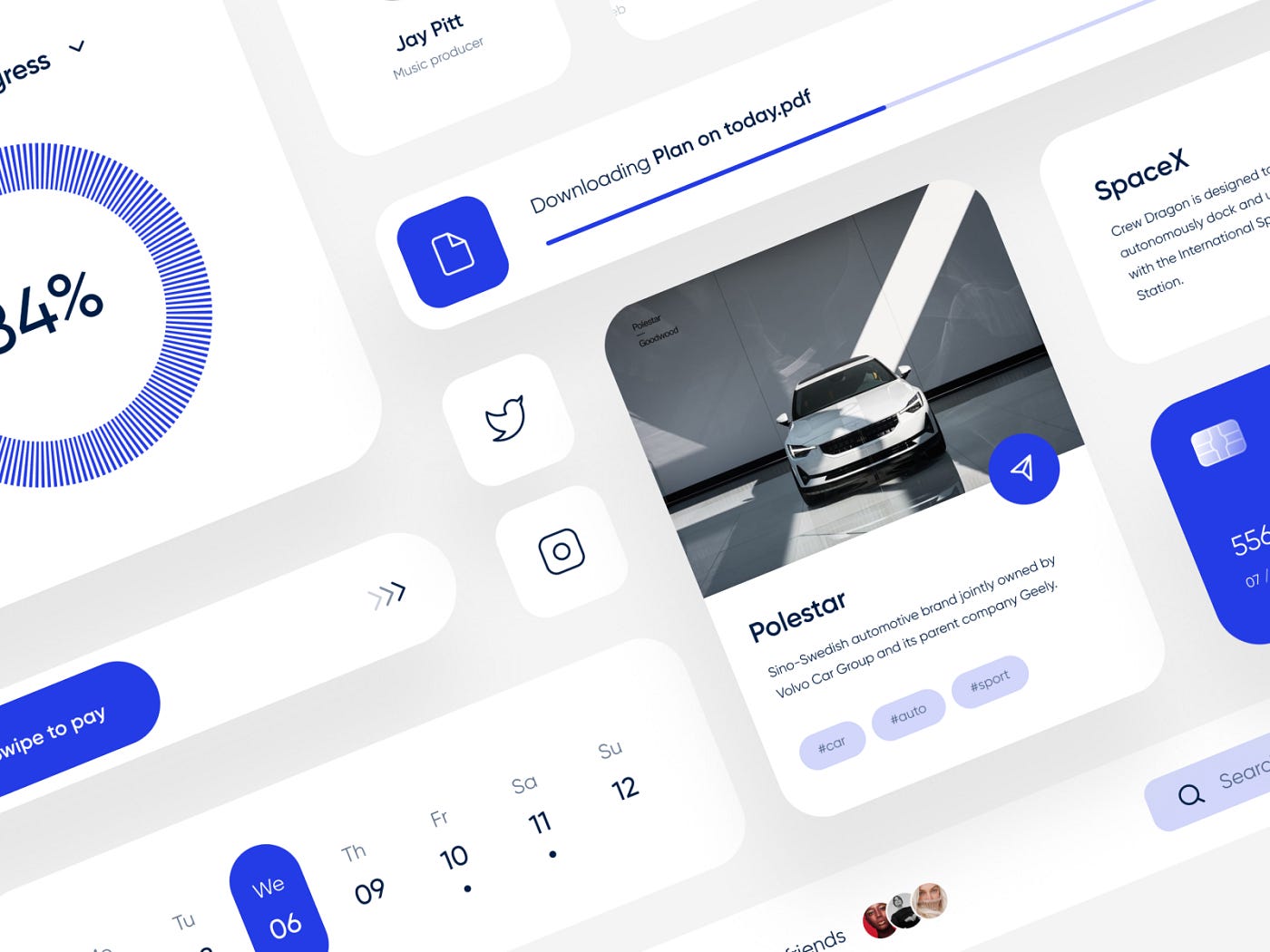What Is the Difference Between Art Direction and Set Direction
Art Direction within Product Design…Why is it important?

My major while in university focused on Art Direction and Blueprint. I have been working as an Art Director on and off throughout my journeying. At times, my focus has been on campaigns and online work.
I have noticed how Designers sometimes forget the importance of fine art direction or neglect it as a whole. This is because their attending goes towards the focus of technicalities. The other manner around, Fine art Directors fail details as they worry nearly the whole picture show.
The cohesiveness of the design is then not as strong without being able to look at the whole picture. The larger the project is or gets, the more discrepancies there will be without an overview.
What is Fine art Management?
Art direction is the supervision of the visual advent of artistic piece of work. Fine art Directors work in advertisement, marketing, fashion, publishing, tv set, and picture. Their job is to unify the vision of the project they are working on.
"Art Directors are in charge of the visual appearance. They take care of how the project communicates visually. They oversee how visuals stimulate moods. They check on contrasts features and psychologically appeals to a target audience. An Art Director makes decisions most visual elements. For case, what creative fashion(s) to utilize, and when to use motion. At times, an art manager handles solidifying the vision of the commonage imagination. They resolve conflicting agendas and inconsistencies between the various individual inputs." — WebArchives.org
Out of all the challenges Art Directors face, creating final imagery out of their desired moods, concepts, messaged, and draft ideas are quite the hurdle. During the brainstorming procedure, art directors, the team, and clients explore means the finished piece could look like. They are responsible for solidifying the vision.
Art Management vs Blueprint arroyo
There are differences betwixt how Art Directors and Designers approach their piece of work. Fine art Directors focus on the type of message, emotion, and what they are doing sends the right message. Designers focus more on technicalities, patterns, and accessibility.
An Art Director volition inquire whether their visual approach feels adept. Or if the colour scheme they are using fits the brand. They bank check if the typography conveys a message without using actual words. They look if the design is balanced, or if the concept conveys the message of the brand.
A Designer will ask whether their approach looks skillful. They check if the colours being used piece of work well together for the medium. They check that the typography has the correct hierarchy and the weights are being used according to the context. They will ask themselves if the visual align with the brand guidelines. They will wonder if the layout provides a natural rhythm for the centre.
Why is it important?
The focus of Fine art Management versus Pattern differs on the perspective. Art Direction guarantees a coherent feel to the user beyond all media. Pattern guarantees technicality across the design. To find the art direction and your perceptual patterns, practise the post-obit techniques to funnel your approach:

Moodboards
A mood board is too known every bit an inspiration board. It is a collage of ideas that are used in fields similar advertizement, fashion, and graphic blueprint. They aid as an exploration of dissimilar visual themes. These help designers detect the right direction for their designs. Mood boards provide a solid foundation for the emotional experience.
There are many benefits of creating mood boards before getting into the design part. They will help create a strong foundation and the basics of what the finish work will look like. These also help to have an overview while doing a competitor analysis.
Moodboard volition allow easier collaboration. They aid to involve the client early on in the process and to have a clear vision. Canva has a great post on tips almost what to do when creating a mood board if you lot haven't done i before. Tools that could help you create mood boards (outside of Adobe Programs) include Mural.co, Niice.co, The Matboard, Style Tiles, Moodboard, & Moodzer.
Fashion tiles
When the art direction is ready, style tiles help to dive in deeper to help find variations. Mode tiles lay in the heart betwixt mood boards and comps, while i is too vague, the other one is likewise literal. Style tiles establish a straight connection with actual interface elements without defining layout. Style tiles open communication with the client or production owner. They help transition already established brands into the web, for example.
The word "mood" is often associated with brand and identity design. The word "style" was chosen to mirror "cascading stylesheets" and reinforce that Fashion Tiles are specific to Web design. — styletil.es
Mode tiles provide recommendations for solving your client's challenges. They are not necessarily for giving them exactly what they are looking for.
"[Style tiles are] a catalyst for discussions around the preferences and goals of the client." — Samantha Warren

What can be included in the Way Tile?
The main things that y'all need to add to your Mode Tile are:
- Colour: Colour Palettes — Focus on the shades.
- Typography: It should include weights and sizes.
- Button Styles / CTA: What is the styling of the button and link? Add together some examples.
- Shape and layout: Hither y'all could add together some examples of how information technology fits the filigree of your layout
- Iconography: What kind of mode of iconography volition y'all exist using
- Photography / Analogy: If a make is already defined, add some images or illustrations to your tile to bring it all together.
Element collage
An chemical element collage is a collection of pocket-sized elements that belong to a larger design puzzle. It is about the visual essence. Within the collage, there is no specific logic or order. The intention is to convey a feeling of the website or product.
"Element Collages are a deliverable I employ to communicate design direction while providing some context to the style. They combine elements together, such as typography, color, icons, imagery, and components to display how the style could be implemented." — Dan Mall

The stardom between the iii methods lies in allegiance. You lot will be able to decide with your colleagues and clients when using these funneling techniques. as they will open up the chat.
Source: https://medium.com/rewrite-tech/art-direction-within-product-design-why-is-it-important-9c73219cb8f3
ارسال یک نظر for "What Is the Difference Between Art Direction and Set Direction"